Are you interested in developing your skills in technologies and digital literacy? Would you like to collaborative with fellow educators and digital experts? Join our pilot project September 2022 – March 2023! NatureScot are looking for educators to help create and pilot a Scottish version of the UK Government Initiative the National Education Nature Park. …
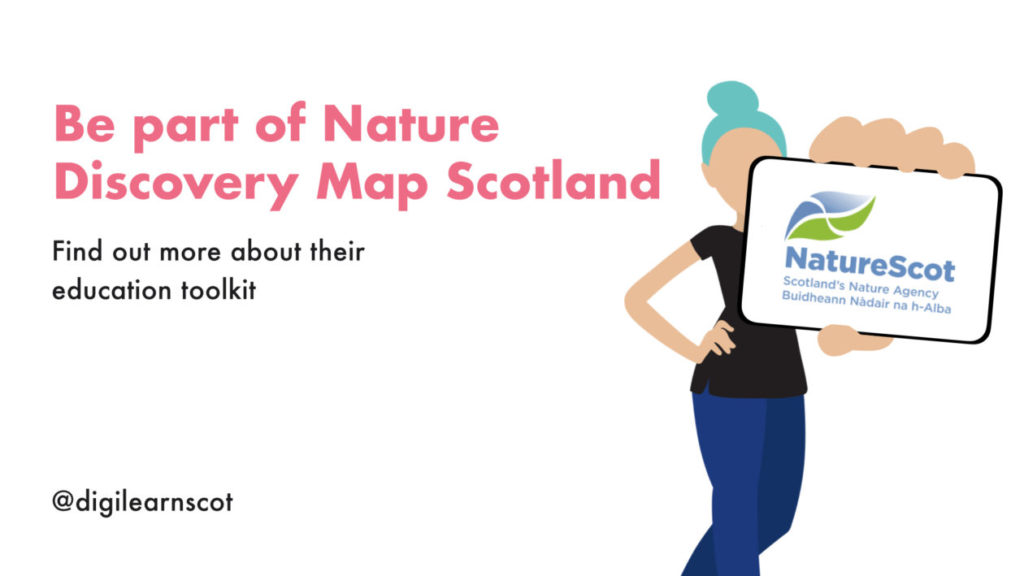

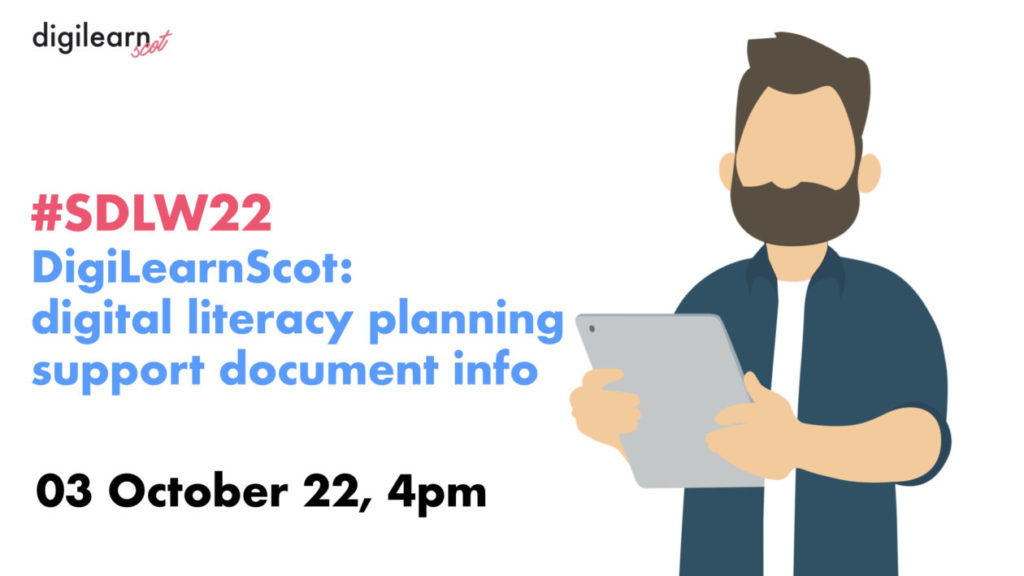
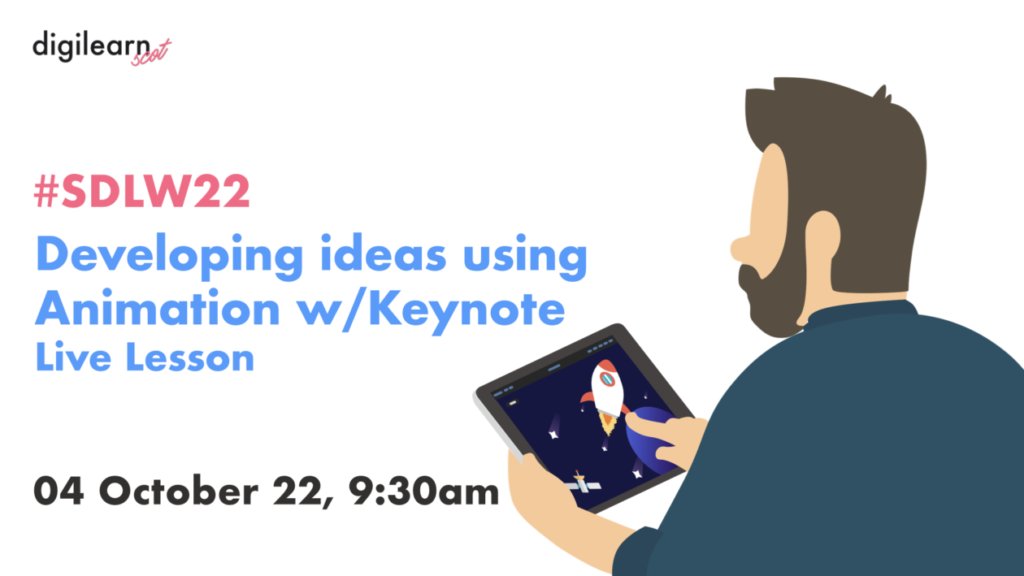
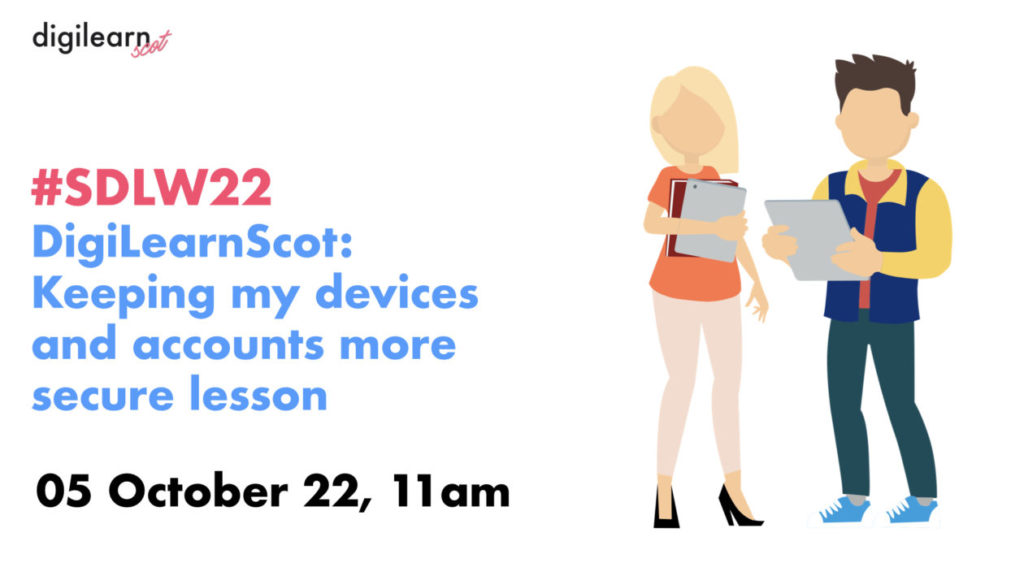
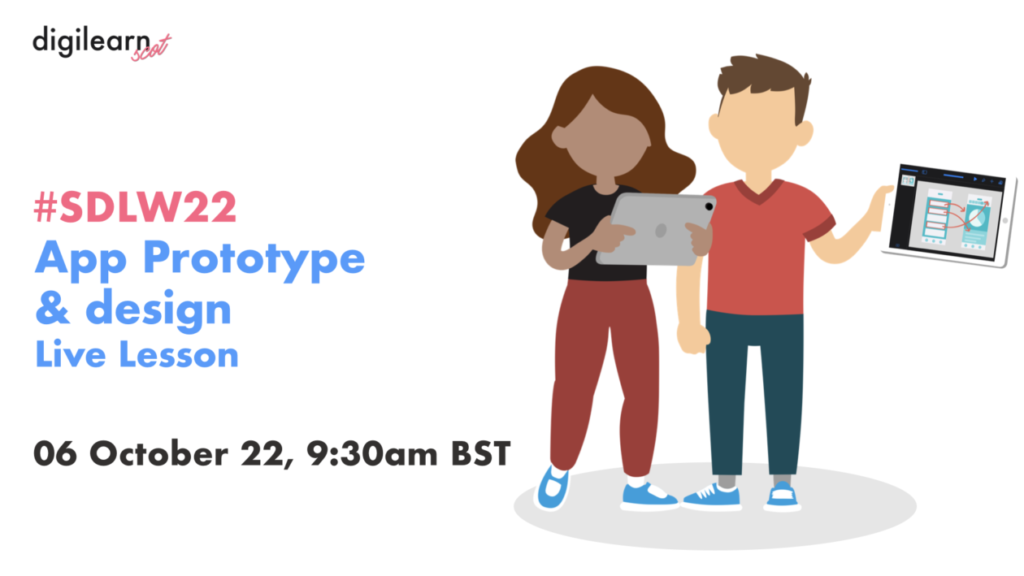
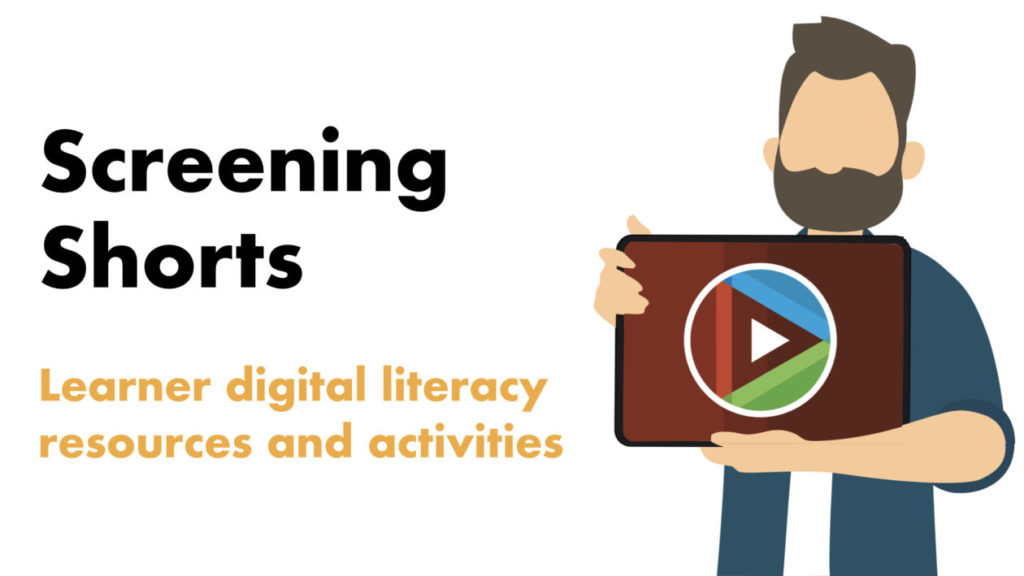
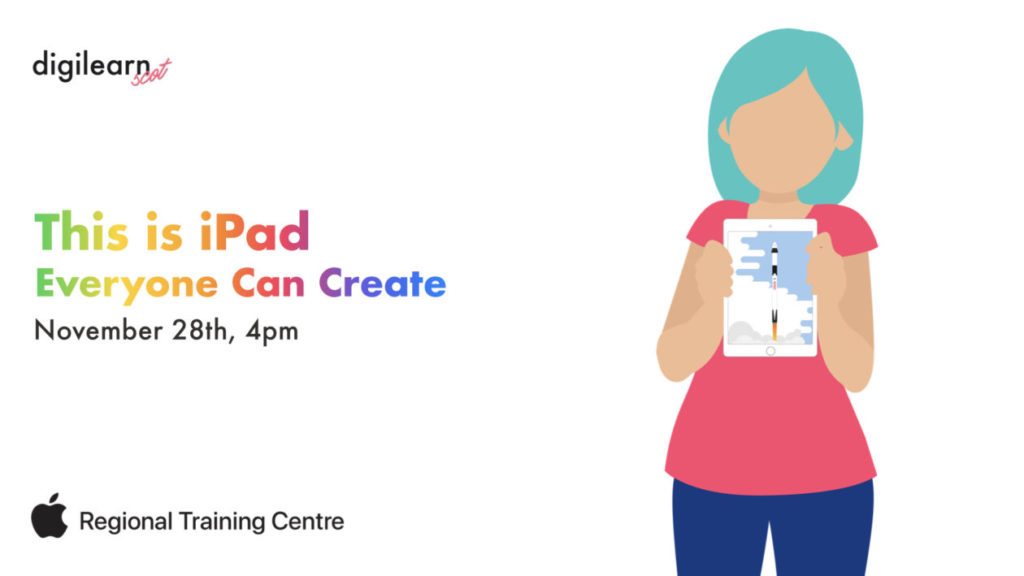
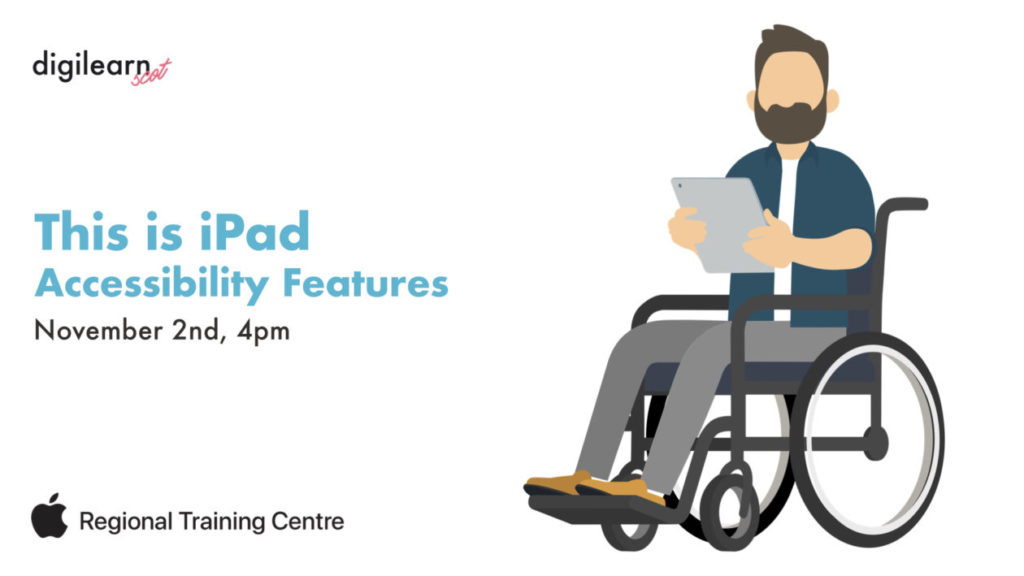

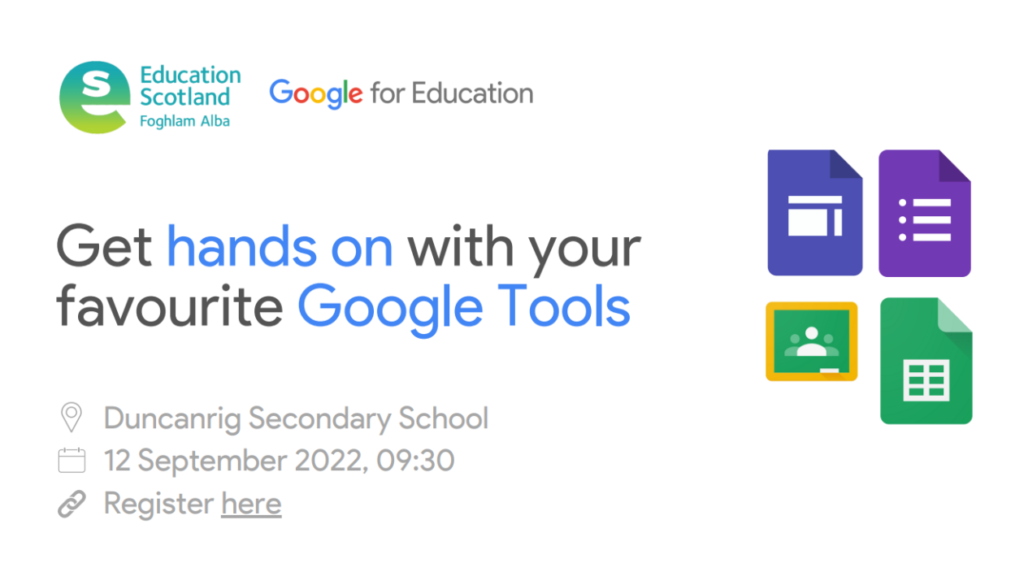

You must be logged in to post a comment.